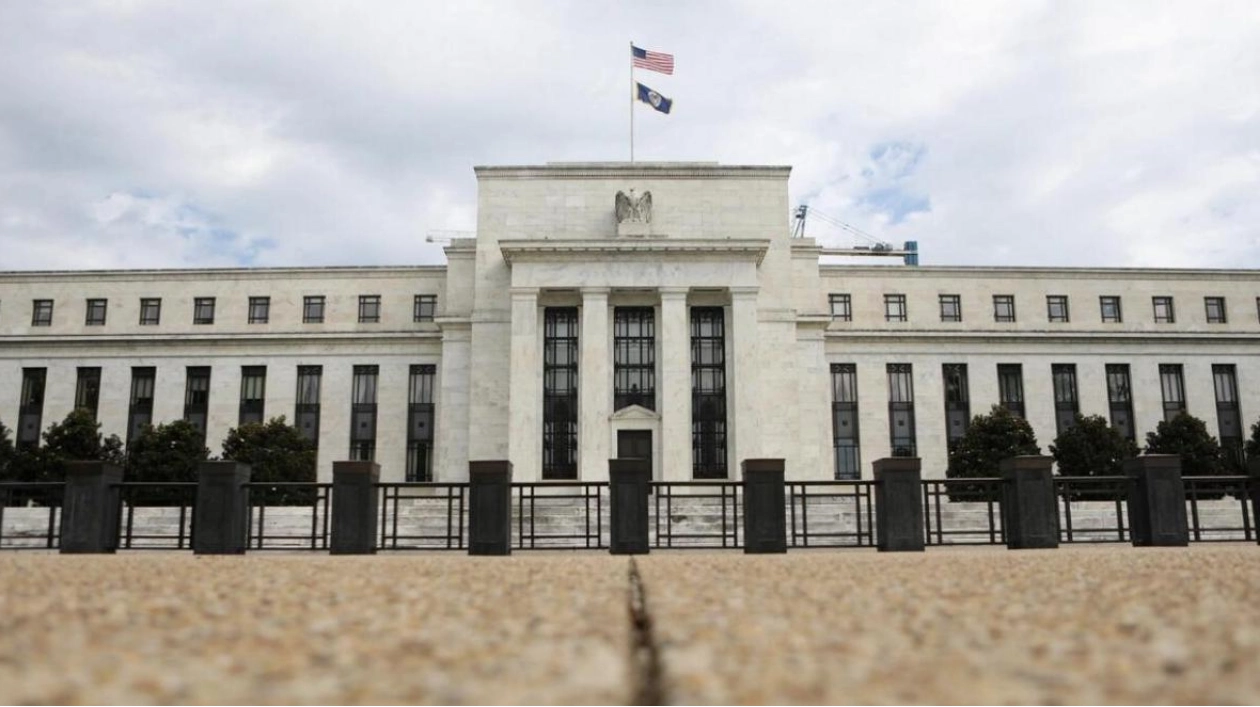Inflation is approaching the Federal Reserve's two percent target, and the central bank is anticipated to start reducing interest rates as early as September. Although it might take some time for the rate of price increases to drop to two percent—and policymakers will be vigilant for signs that inflation is accelerating again—the final phase of the battle seems to be in progress. It was a tumultuous period. However, after a decade during which inflation mostly remained below the Fed's target, the overall price level in the U.S. economy is now close to where it would have been if the central bank had achieved its inflation goal consistently over time.
How severe was it? It wasn't the most severe inflation episode the U.S. has faced. But it was significant and occurred rapidly, with food prices soaring, home prices reaching the limits of affordability, and various services like auto insurance still adjusting to higher costs. The concern wasn't primarily the price increase in any specific category. Fed officials concentrate on the overall price level, rather than the relative costs of goods that fluctuate over time. However, when prices for items that consumers focus on—such as gas, food, and housing—rise quickly, it can impact public psychology. It's the need to manage these expectations that led the Fed to raise interest rates rapidly.
Will prices decline from here? The unfortunate news for consumers moving forward: Even if price increases have been largely controlled, higher prices are expected to persist. Price shocks don't typically reverse, and even overall price decreases from one month to the next are uncommon. Economists would argue that it wouldn't be beneficial if they did, as deflation—a persistent drop in prices—can be more detrimental to the economy than prices rising too quickly. In fact, preventing deflation, and the associated falling wages and living standards, is why the central bank sets an inflation target in the first place. The Fed's mandate from Congress is to maintain price stability. While some argue this implies zero inflation, central banks globally believe a gradual, steady increase in prices and wages—two percent is considered standard for economic background noise, though this is more based on intuition than formal modeling—keeps both households and businesses forward-looking without distorting their decisions.
PCE vs CPI: The other bad news for consumers is that the Fed's target is based on the Personal Consumption Expenditures price index, an inflation measure derived from national income accounts used to calculate overall economic growth. The Fed believes the PCE index more accurately reflects the general movement of prices in the economy. The more commonly known Consumer Price Index, calculated from a representative basket of consumer goods, has key differences with PCE. For instance, CPI places greater emphasis on housing, which directly impacts a household's budget, and less on medical care, which often involves a complex cost-sharing structure through health insurance. In contrast, PCE places more weight on the actual cost of medical care regardless of who bears the cost. PCE generally runs slightly lower than CPI, and the gap has widened somewhat during the pandemic. In other words, consumers may still experience significant bill increases even when the Fed decides it's time to ease economic constraints by reducing interest rates. The Fed's next meeting is scheduled for July 30-31, where it is expected to maintain current rates.






